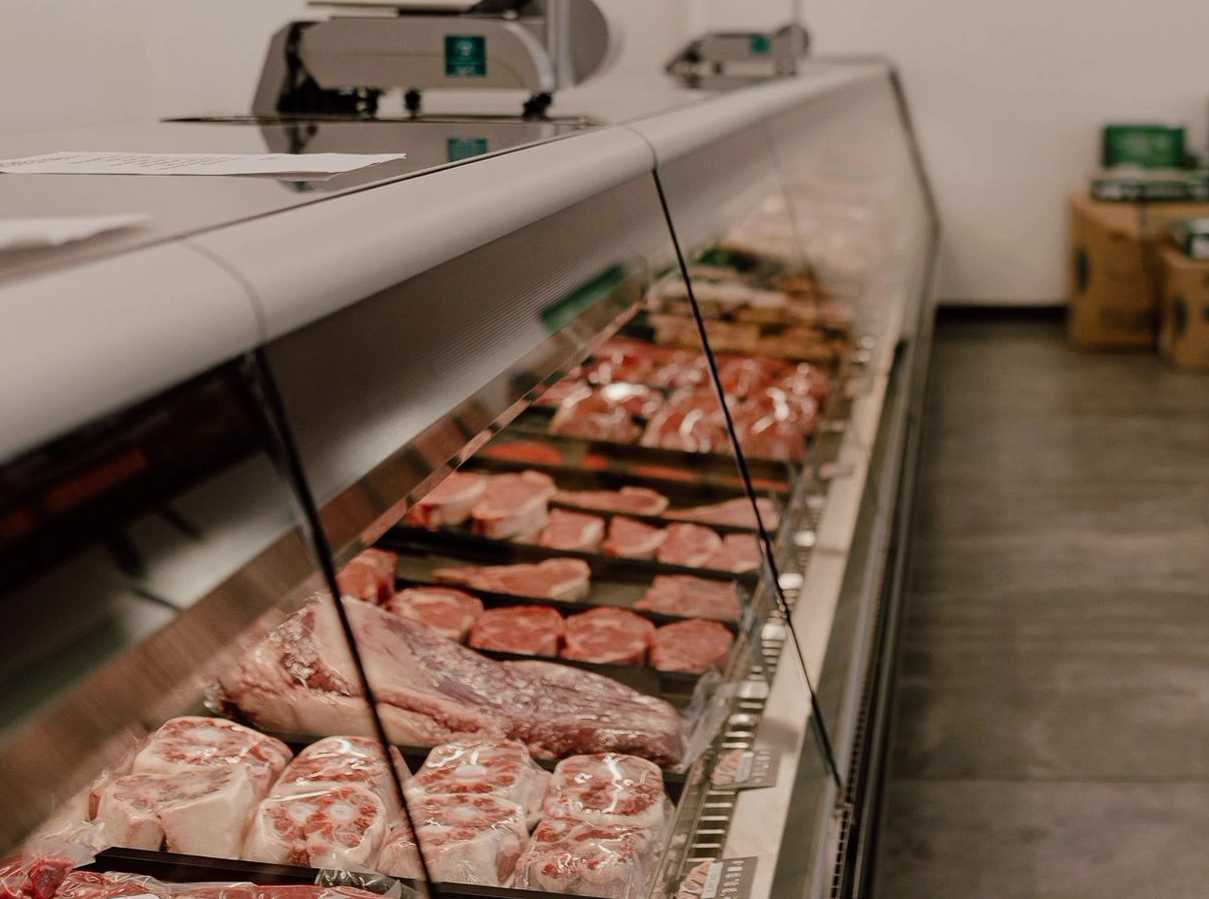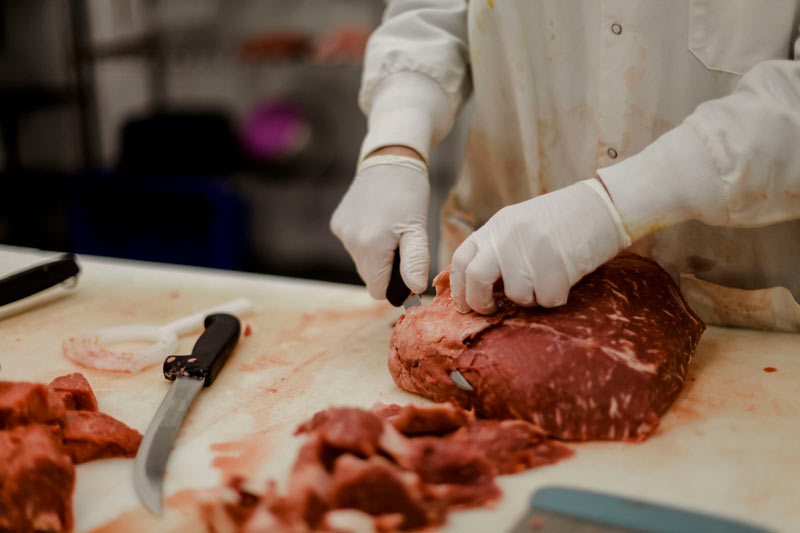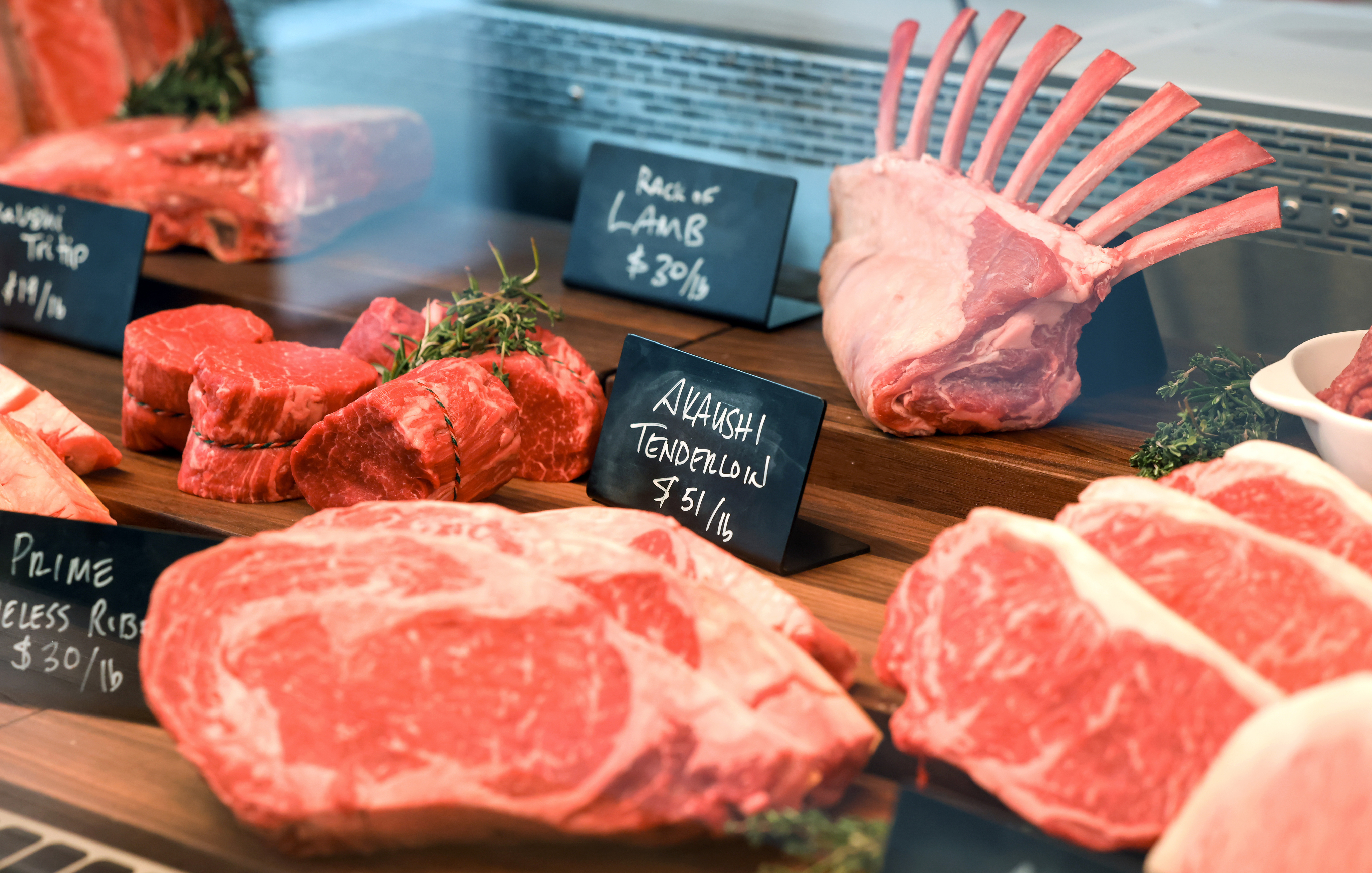Discover the Finest Choice of Cuts From Neighborhood Meat Market
In an era where the origins of our food are a lot more significant than ever before, exploring the finest selection of cuts from your regional meat market supplies an engaging narrative of quality and integrity. These markets not only promise unmatched quality and taste however additionally provide insights right into the subtleties of various primitive and sub-primal cuts.
Advantages of Neighborhood Meat Markets
Neighborhood meat markets provide countless advantages that are coming to be significantly significant in today's food landscape. Because the supply chain is much shorter, local meat does not endure prolonged transportation times, maintaining its quality and dietary value.
Moreover, local meat markets commonly sustain sustainable farming techniques. Lots of regional producers involve in ecologically friendly and moral farming techniques, which contribute to the health of animals and the preservation of natural deposits. By picking to buy from these markets, customers can play a role in promoting sustainable farming and lowering their carbon footprint.
In addition, regional meat markets contribute to the financial vigor of neighborhoods. By sustaining regional producers, customers assist endure tiny services and foster economic development within their area. This financial support can lead to task creation and help preserve the distinct personality of neighborhood communities.
Comprehending Various Meat Cuts
An essential facet of making enlightened getting decisions at neighborhood meat markets is comprehending the numerous cuts of meat readily available. Mostly, meat is classified right into primitive, sub-primal, and retail cuts.
For circumstances, from the beef primitive cut, the loin, one can obtain sub-primal cuts like tenderloin, bring about retail options such as filet mignon. In a similar way, the rib primal cut includes sub-primal ribs, producing retail selections like ribeye steaks (bagley farms meat market edwardsville il). Comprehending these distinctions aids in choosing cuts that align with cooking demands and personal preferences
Moreover, cuts differ in tenderness and fat content, influencing their optimal cooking methods. Harder cuts like brisket advantage from slow cooking, while tender cuts like sirloin are fit for barbecuing. By realizing these subtleties, clients can improve their culinary experiences and maximize their meat acquisitions.

Professional Tips for Picking Meat
Selecting the optimal cut of meat requires not just expertise of the different choices readily available yet likewise an eager understanding of high quality indicators that professionals make use of to make their options. First of all, focus needs to be positioned on the color of the meat. Vibrant, abundant shades generally reflect quality, while boring or grayish tones may show aging or inappropriate storage space. Next, think about marbling, the fine touches of fat within the muscle. A well-marbled cut frequently promises improved flavor and tenderness, as the fat melts during cooking, enhancing the meat's texture and preference.
An additional important element is the meat's appearance. It ought to really feel firm yet somewhat accepting the touch, indicating correct muscular tissue stability. In addition, a tidy, fresh aroma is important; any off or sour odors recommend wasting and should be stayed clear of. Specialist recommendations additionally requires analyzing the packaging, if appropriate. Vacuum-sealed or snugly covered bundles help maintain quality and avoid contamination.

Lastly, recognizing the credibility and sourcing practices of your local meat company can supply Visit Website insights right into the quality and moral criteria of the meat. Engaging with knowledgeable butchers can provide important recommendations tailored to particular culinary requirements, ensuring a superior dining experience.
Finest Seasonal Choices

Picking seasonal cuts not only makes certain quality however also aligns with the peak top quality of various meats. Pork, commonly healed and maintained in the chillier months, provides a rich variety of cuts like pork and bacon throughout winter months, when pigs are butchered after being plumped on autumn harvests. Poultry, on the other hand, is commonly at its ideal throughout late spring and early summertime, when chickens have actually developed on a diet regimen of fresh grains and greens.
Supporting Lasting Practices
Accepting sustainable practices in meat production is necessary for promoting environmental health and ensuring the long life of regional environments. In the context of regional meat markets, sustainability includes a commitment to honest farming techniques, decreasing carbon impacts, and sustaining biodiversity. By prioritizing these techniques, producers not just improve the top quality of their offerings but additionally add favorably to their neighborhoods and the planet.
Local meat markets play an essential duty in fostering lasting farming by sourcing products from farms that implement green techniques. These might include rotational grazing, organic feed, and integrated bug administration, which jointly decrease ecological impact and promote pet well-being. By choosing to support such markets, customers can directly affect the demand for sustainably elevated meat, encouraging more producers to take on these methods.
In addition, sustainable methods in meat manufacturing can significantly mitigate the industry's environmental impact. Supporting lasting practices not just benefits the atmosphere but additionally straightens with a original site broader dedication to accountable intake and production.
Conclusion
Neighborhood meat markets offer exceptional advantages in regards to top quality, quality, and sustainability. By providing a varied variety of primitive and sub-primal cuts, these markets deal with varied culinary preferences while guaranteeing transparency in sourcing. Seasonal choices, such as spring lamb and fall beef, boost the cooking experience with unique flavors and inflammation. Supporting local meat markets not only advertises lasting farming methods however also adds to a much more enlightened and gratifying cooking trip.